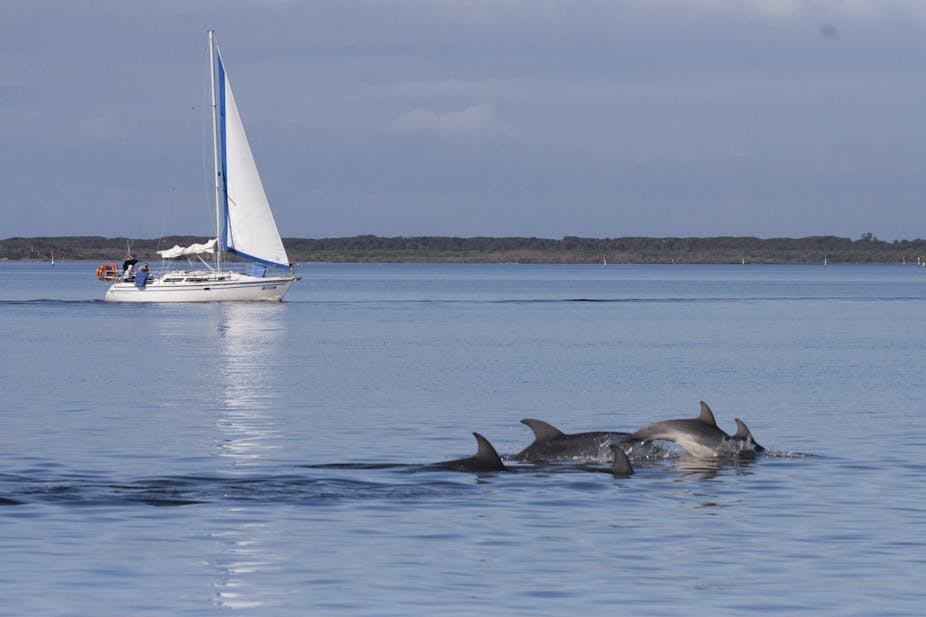Australian researchers have discovered that a dolphin found in Victoria is its own separate species, distinct from all other dolphins worldwide.
The dolphins, found only in Port Phillip Bay and Gippsland Lakes in Victoria, were previously thought to be a type of bottle-nose dolphin found all over the world.
But when researchers from Monash University compared the skulls and DNA of these dolphins with older specimens from Museum Victoria, they discovered that the Victorian dolphins were unique.
Kate Charlton-Robb, PhD student at Monash University, said that more research is needed to find out if this species is found anywhere else in Australia.
“We know these unique dolphins are restricted to a very small region of the world,” said Ms Charlton Robb. “The resident populations are very small, with only approximately 100 dolphins in Port Phillip Bay and 50 in the Gippsland Lakes.”
Dr Kevin Rowe, Museum Victoria’s Senior Curator of Mammals, said the discovery was “an exciting example of a recent trend in biodiversity research across Victoria and Australia.”
“Through the careful application of emerging technologies to museum specimens, researchers are revealing that our biological heritage is far more diverse than we realise,” he said.
Dr Lars Bejder, a dolphin expert from the Cetacean Research Unit at Murdoch University said the discovery boosted the case for good coastal management.
“If this is a new species, then that should be managed as a new species and not be seen as having genetic mixing with typical bottle-nose dolphins,” he said.
Ms Charlton Robb named the new species Tursiops australis. The common name will be the Barrunan dolphin, a name given to dolphins in several indigenous languages.
There have only been three new dolphin species recognised in the past 200 years.
The research was published in the latest PLoS ONE Journal.


